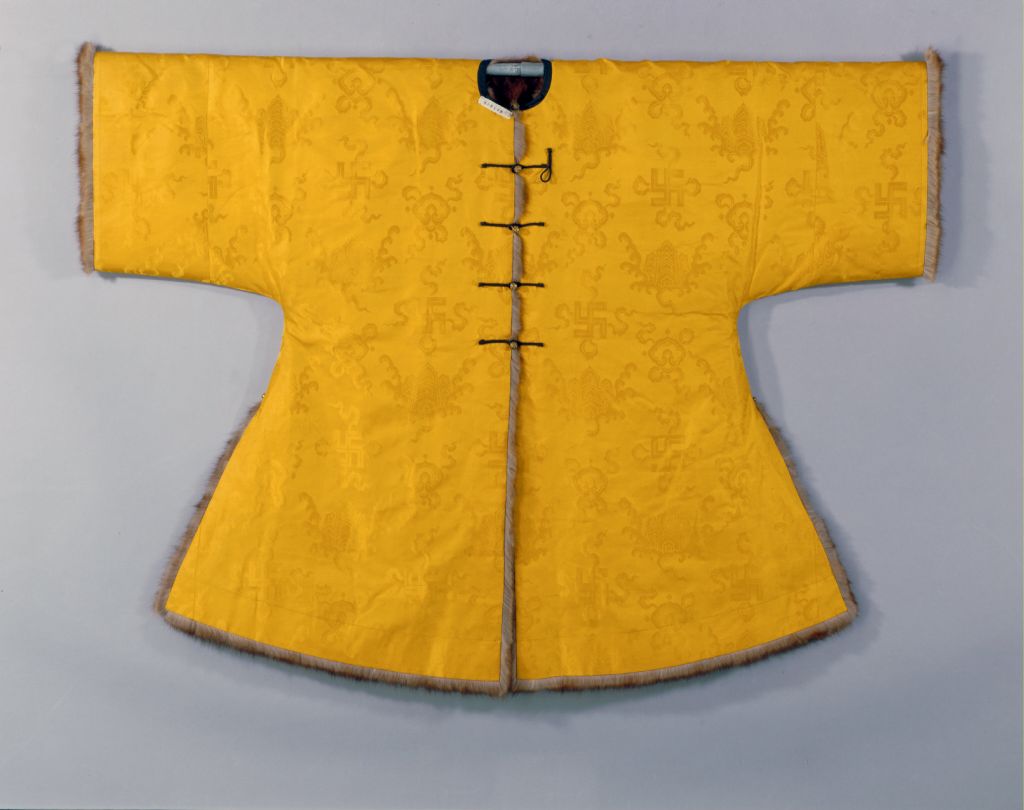[Dong Qichang Gaoyi map axis]
Gaoyi map axis, Ming Dynasty, Dong Qichang’s work, paper version, ink pen, 89.5 cm vertically and 51.6 cm horizontally
In March of the forty-fourth year of the Wanli reign of the Ming Dynasty (1616), Dong Qichang was at home. Due to the conflict between his son and the villagers, his house was burned and his family’s assets were lost. This is the famous “civilian copying of Dong Huan” event. Dong Qichang was forced to avoid disaster in his hometown and went between Wuxing and Zhenjiang in panic. Although the situation gradually subsided after half a year, Dong seemed to have lingering fear and still frequently traveled and visited friends. This picture is an improvised work of Dong’s when he went to visit his old friend Jiang Daoshu by the Lianhu Lake between Zhenjiang and the Taihu Lake in the next year, and boated with Jiang’s family in Jingxi River. It is quite similar to Ni Zan’s mood when he abandoned his home and lived in seclusion in the Taihu Lake Lake. Dong Qichang’s painting adopts Ni’s typical brush and ink technique. The shallow slopes and hills on both sides of the lake are folded and chapped with dry brush and light ink. The strokes are mainly side front, and the ink is elegant. It perfectly expresses the artistic conception of Xiao scattered and simple in Ni’s painting, and also reflects the bleak mood of the author after the disaster in his later years. However, the author is not simply imitating the ancient. Several ancient trees with twisted knots on the shore fully reflect the author’s unique artistic creation. Dong’s painting of trees has its own unique view. He wrote in “Essays on Painting Zen Chamber”: “The method of painting trees must be mainly based on turning… If writing is to turn the pen with force, it can’t be turned away… But when drawing a foot of tree, it can’t be half an inch straight, and the pen must be turned away. This secret is also.” The tree is too straight, it can’t be dull and inflexible, and changes and business can only be seen with twists and turns. Looking at the tree of this picture, it really plays a role in waking up the picture. The trees in the close view are not only the bridge connecting the two sides, filling the vast gap of the lake, but also another main object that the author purposely displays. The trend of their sides and the intertwining and pulling posture between them all make the cold and empty scenery more active, showing Dong Qichang’s various skills in writing.
![图片[1]-Dong Qichang Gaoyi Map Axis-China Archive](https://chinaarchive.net/Ming dynasty/painting/937[1024].jpg)

![[Qing Dynasty] British female painter—Elizabeth Keith, using woodblock prints to record China from the late Qing Dynasty to the early Republic of China—1915-China Archive](https://chinaarchive.net/wp-content/uploads/2022/11/image-191x300.png)



